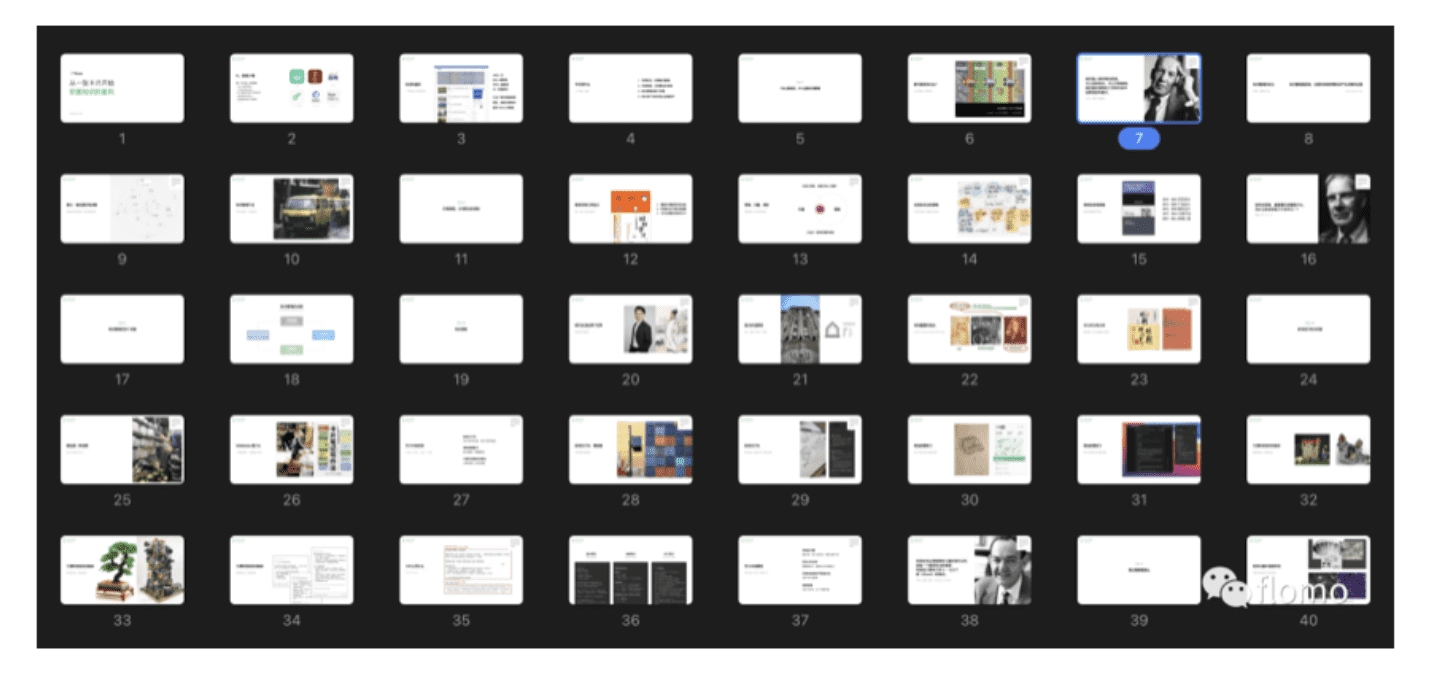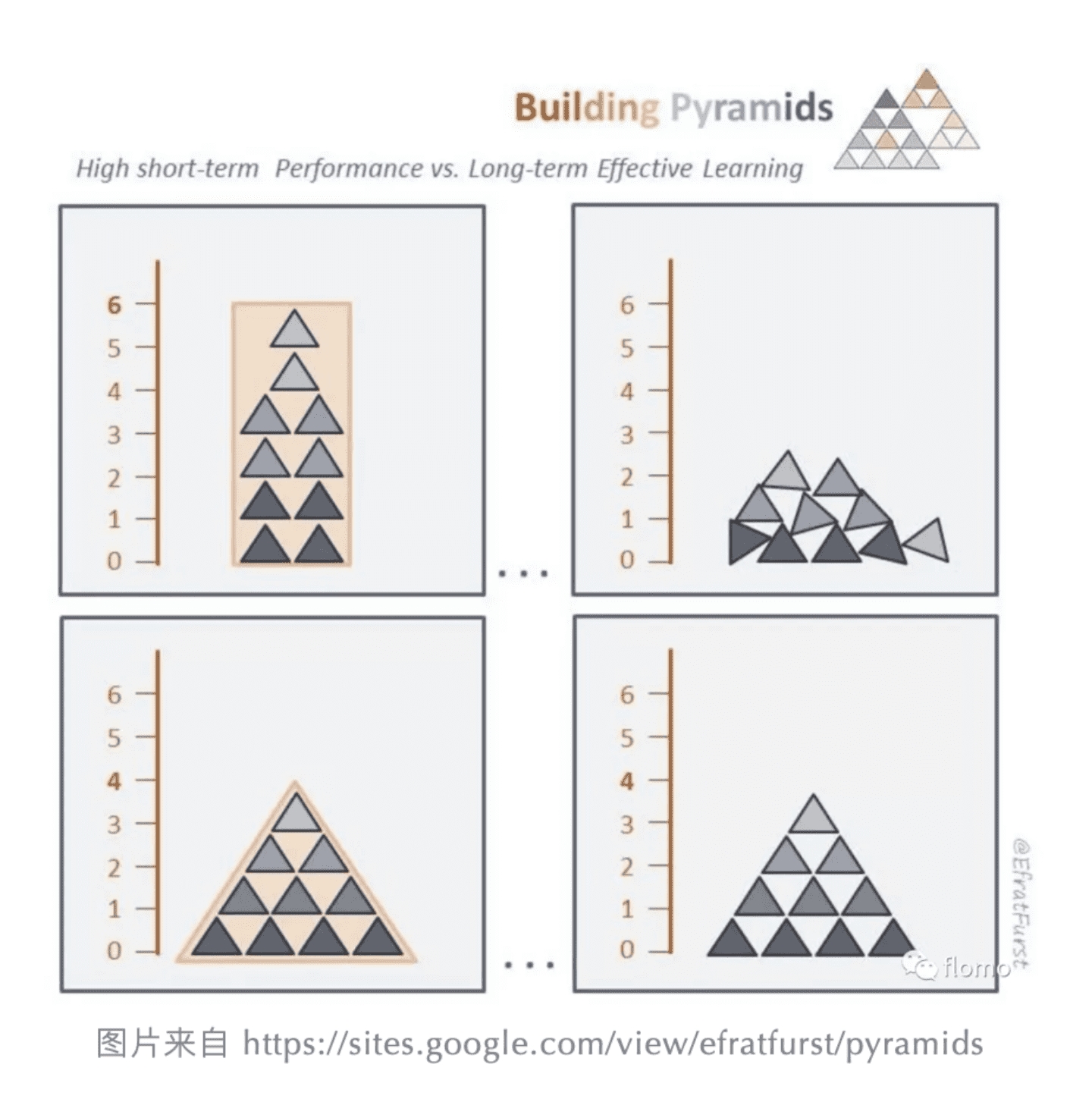🎯How to Understand a New Concept
The real knowledge system doesn’t lie in flomo or Notion or any other note-takers. It is built in your brain. This is how we form our personal knowledge networks:

We may see a few new concepts in our daily life. Say, a word like “knowledge management”.
It is better to write them down and build connections with what we already knew. If we don’t do that fast, we may forget them easily (see why we forget here).
The following card is written down at the time when I first knew the definition of “knowledge”.

But writing it down is not enough. We should pay efforts to understand it in future learning. We shall keep building connections to activate the memory of this new concept then we can have a better understanding.
An example of understanding concept of knowledge 👇

While we constantly retrieve the concept from our memories, we can combine them with our already-known chunks. Then we step into the stage of “building models”, a time when we could use the new concept easily even automatically.
Here are some models of knowledge managements after accumulating the concepts.

So, knowledge and understanding are two sides of a coin. Knowledge is the foundational node, while understanding is a line to connect them all.
Knowledge does have some meanings. However, only when we take actions based on this new knowledge chunk do we truly understand it. Otherwise, this new knowledge chunk will disappear if we don’t retrieve it.
But there are a few points needed to be concerned:
#1. Write down the new concepts first
We expand our knowledge network by constantly learning new concepts.
The following steps are the process of understanding a new concept.
Learn a new concept (e.g. multiplication)
Connect the new concept with an already-know concept (e.g. the relation between multiplication and addition)
Apply the connection to daily life (e.g. when should you use multiplication)

Take the picture above as an example. You could not teach a kid who doesn’t even understand mathematics to learn multiplication. He should at least know numbers, addition, the basic rule of mathematics, and mathematical notations. He could only learn multiplication until he built a network with all the abovementioned mathematical concepts.
When we start to learn multiplication, we will connect it with a few concepts we already knew. But the connection is weak until we practice it enough. Later the multiplication will be stored in our knowledge networks. So when we meet a specific problem, we could try to solve it through multiplication rather than addition.
Attention! The knowledge stored in our brains is not in the form of books and articles but a knowledge chunk.
This is why flomo always advocates writing on cards: before publishing articles, write new concepts on cards to build a knowledge network in your brain.
#2. Take your time to understand new concepts
Information is different from material goods. We could consume a bottle of water or a bag after we buy them. However, a concept, without understanding, means nothing to you.
Therefore, flomo never encourages you to “save it for later” because it is a way of slacking off. We don’t pay attention to understanding the information.
Besides slacking off, being too diligent could bring some side effects.
When we haven’t grasped the main structure of a newly-learned area, we may smother ourselves if we dive into the new area too soon. All the new unfamiliar concepts will make us overwhelmed.
When I first stepped into the Internet of Medical Things, I was in the same situation.
So that’s why flomo doesn’t support importing data from other apps at one time. Such a simple import could bring a tsunami of new concepts, which will make your brain overloaded.
#3. Use your own words
True understanding is expressed in those actions that can be achieved on the basis of existing background knowledge and on the clarification of meaningful connections between learning and practice.
Take “value investing” as an example. The time when you truly understand this term is not the time when you finish a book or start to buy stocks, but the time when you go through a roller-coaster-like investing cycle. This is what we say “knowledge as action”.
In previous articles, we have always encouraged you to write in your own words, no matter how much knowledge you have grasped.
But you have to be honest with yourself.
Honesty means to accept your ignorance, and then you decide to figure out the basics, on which you build a new knowledge structure.

According to the picture above, when we want to reach a certain goal, there are several different methods. The two methods on the top are effective without firm foundations. But the method on the bottom of this picture is steady and showing connections among knowledge chunks.
Honesty is important.
Remembering the multiplication table is not equal to knowing multiplication. Finishing several Buddhism books is not equal to knowing the values of Buddhism. This is highly related to our learning results.
Reference:
https://cristinamilos.education/2020/08/23/strategy-vs-tactics-assessment-planning-and-learning-2/
Last updated